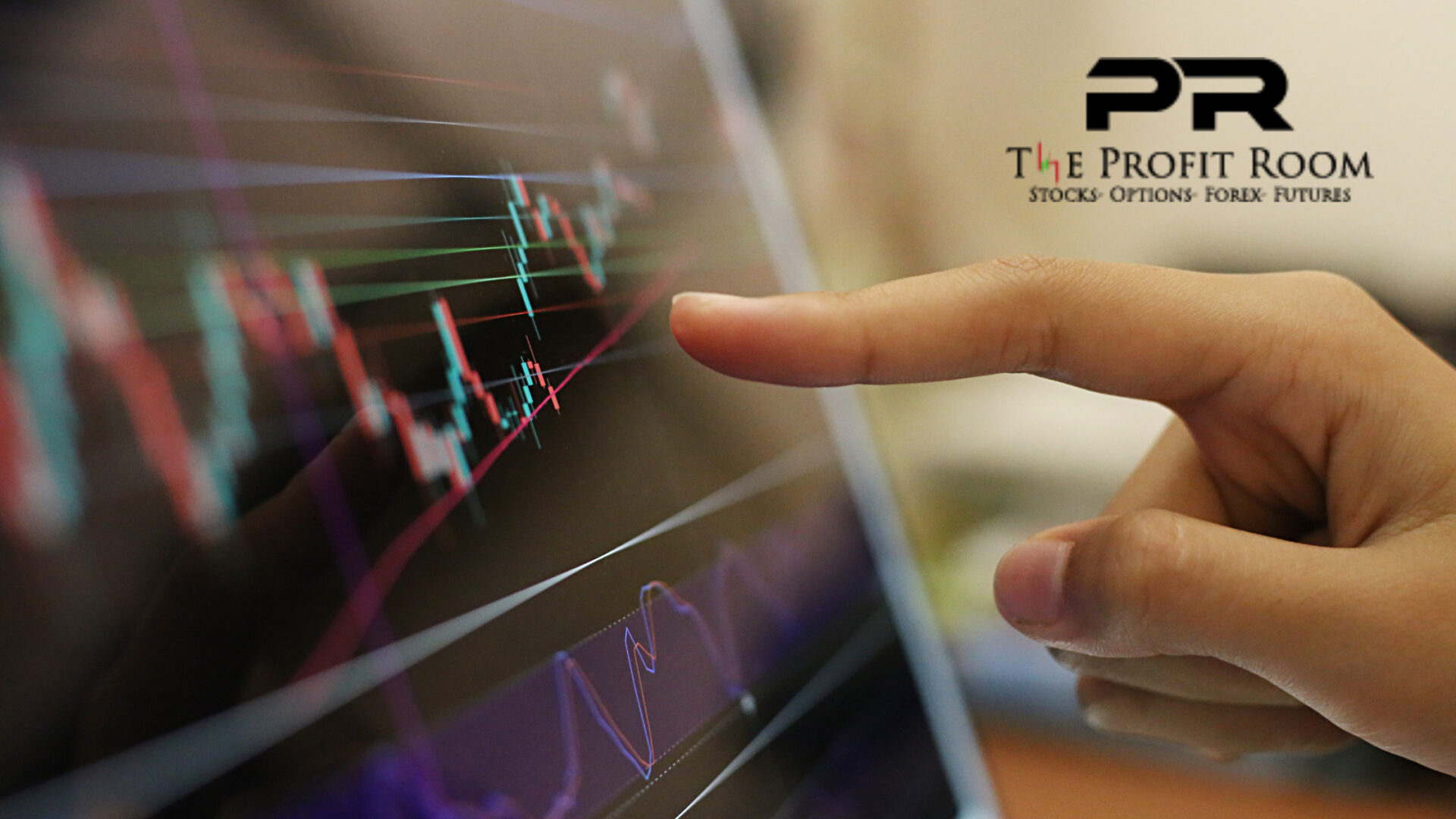A day trader is not concerned with long-term performance and instead prefers to be in the market only when large movements are apparent. A major difference between swing and day traders is risk management. Swing traders are able to profit from large fluctuations in the market, while day traders are less concerned with these trends. However, the risk of losing money is higher with swing trading, as you are more likely to lose all of your initial investment within twenty-four hours.
Both strategies require different capital and time commitment. Day traders close all positions before market hours, while swing traders hold their positions overnight. The main difference between swing trading and day trading is that swing traders are less leveraged. Typically, a day trader uses ten to eight times their investment capital. While swing trading does not require much capital, its time-consuming nature makes it ideal for a less experienced investor. In addition, day traders have a higher risk-reward ratio, so they are more volatile and prone to losing their money.
The amount of capital required for swing trading and day trading varies. The cost of trading futures contracts will determine how much capital you need to begin. The amount needed for day trading depends on the margin requirements for the specific contract. The Chicago Mercantile Exchange Group, for example, requires that traders have an account maintenance balance of $1,080 for the E-Mini S&P 500 futures. A good number to start swing-trading is $10,000-$20,000.
Swing traders, on the other hand, plan their trades. Their method involves developing a strategy or plan to identify trade setups that lead to predictable movements in price. As with any type of investing, swing trading requires discipline and a cold-blooded way of thinking. In a day-to-day environment, they must be ready to move quickly to make a profit. But it’s not a simple decision.
Traders should consider the pros and cons of each type before deciding which one to pursue. While day traders rely on leverage and are less concerned about risk, swing traders do not have the luxury of time. In addition, swing traders tend to hold positions overnight. Because of this, swing traders can be successful as a part-time or full-time trader. It’s also important to consider the risks associated with swing trading and their potential to gain profits.
The main difference between swing trading and day trading is that swing traders take fewer trades in the short term. They also need to monitor stock prices for months or even years. Those who do not have enough time to monitor their stocks should choose swing trading instead. They’ll benefit from reduced risk and lower costs of the two types. There are several advantages and disadvantages to both types of trading. If you are interested in learning more about each type of investing, we recommend a few tips that will help you.




